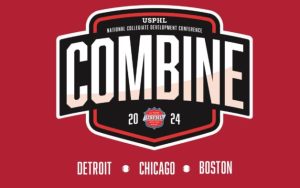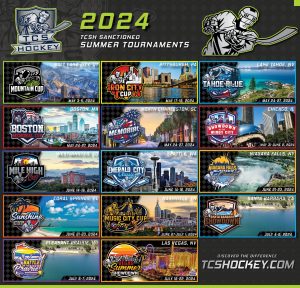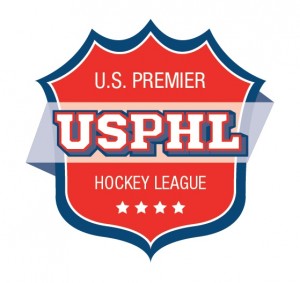SHOP TALK: Consider all details before buying protective equipment
A brand new pre-teen hockey player can enter into the sport for somewhere in the neighborhood of $275-$300 equipped head to toe at the entry-level specs, (especially if it’s with a Behind The Mask Starter Package).
That same player could be outfitted with top-of-the-line products for over $1000. The middle-of-the-road equipment package would sit somewhere in between in price. The decision is obviously made by the one with the checkbook in hand, but there’s a lot more to consider when buying protective equipment than just price.
Like most products consumers buy, from electronics or cars to other sporting goods, there are levels and price points offered. Each of those levels has its target user, which most of the time coincides with appropriate pricing to match. Hockey equipment is no different. There’s an entry level, a mid-end or intermediate group, and then there’s your high-end or pro-level gear with a hefty price to match. Each product is produced with a specific user in mind.
I have advised my fair share of players in this market over the years on what to buy and one thing has always stayed consistent for me – buy the product that’s going to be appropriate for the level and frequency it will be used in.
For example, a Pee Wee-aged recreational player who is on the ice once a week for practice, another time for a game, does not need the same level of pad as a Pee Wee AA/AAA player practicing 2-3 times a week, and in some weekends playing up to four games. Those two players, although the same age and for the sake of this piece, the same size and build, cannot, and should not, be wearing the same equipment.
If a new player walks into my store and the parents tell me, “Price is no option, I want the best equipment my child can have,” I would put that new player in roughly the same equipment as I would for the parent that comes in and says, “My child is new to hockey and we need to outfit him/her and I want to spend the least amount of money as possible.” If you’re wondering why, it’s simple – a new player not only doesn’t need (nor would they benefit from) pro-level equipment, but more importantly, the bulk and padding levels of these products would make it harder to develop and learn. The movement and articulation you get at that level is considerably less as a trade-off for the extra protection.
On the opposite side of this coin, when dealing with the buyer of an upper level player who tells me they want a low-end product for their child, I will advise against this for the same principle reason – it’s not created for that player’s level and use. That high-end player needs a product that will not only last through their growth, but will also remain as protective the day it’s replaced as it was the day it was purchased. Padding breaks down, construction (and materials used) at the mid- and upper ends are better than their entry level counterparts. The protection you need in key areas like collar bone, knee and elbow joints, forearm, side and back calves, etc., are beefed up on mid- and high-end product because it’s built for players who need those areas protected more.
I often times attempt to use this analogy when talking through a purchase like this to a customer – A Ferrari wasn’t built to be commuted in to work every day, nor would you try to hit the Autobahn in a Geo Metro. Both cars were created for a specific reason. The same is true for hockey equipment. Buy accordingly and you will get the value and protection you’re looking for with your hard-earned hockey budget.
Nick Boyarsky serves as the head of team sales for BTM and the manager of the Chandler location.







